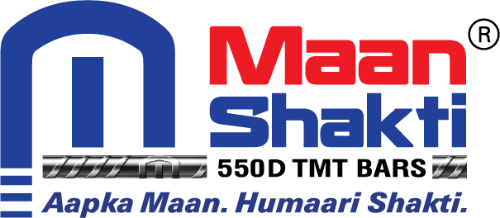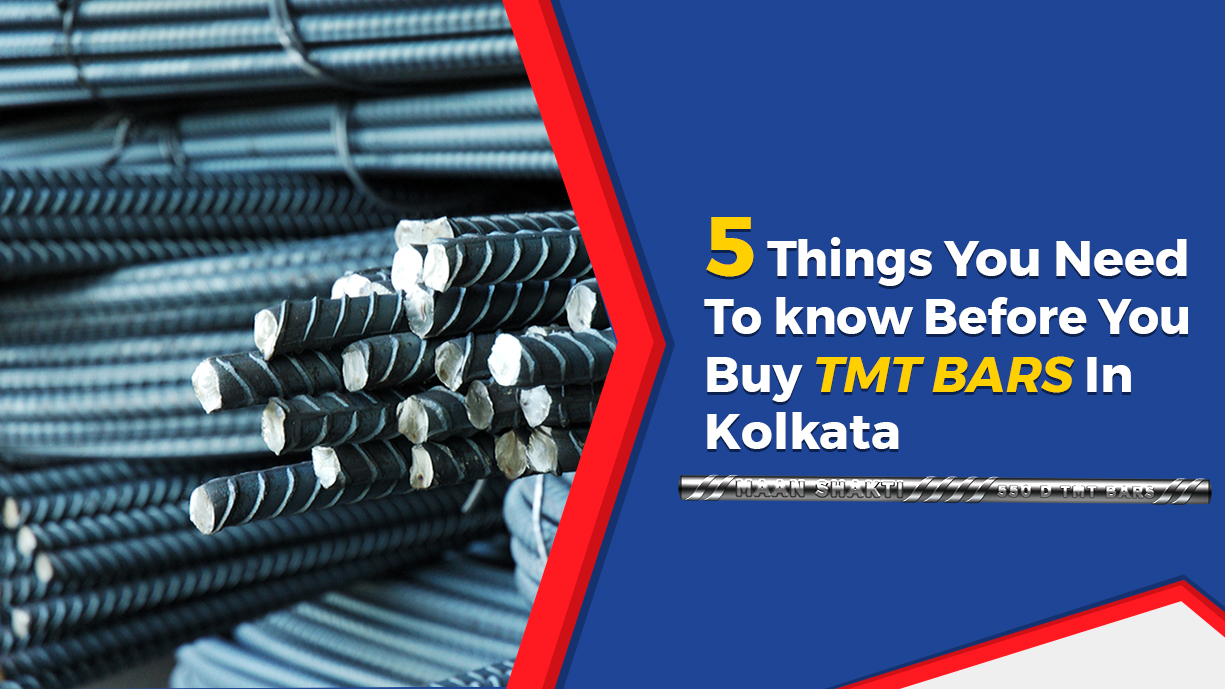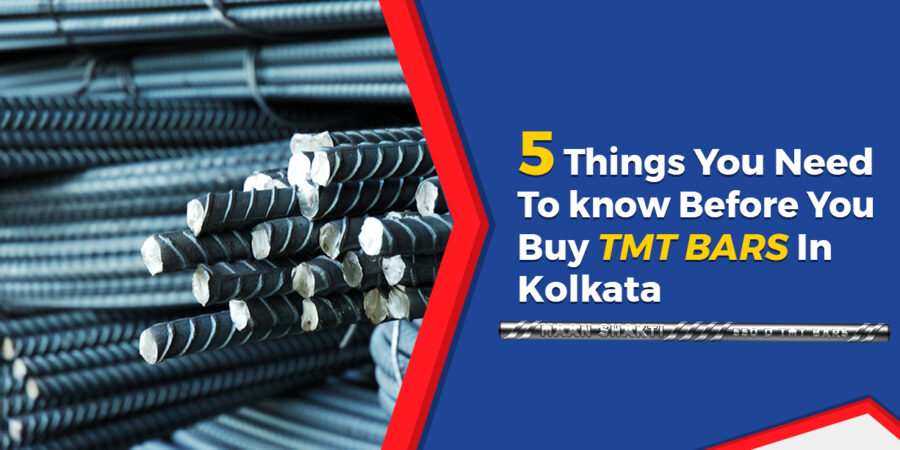The TMT bars are crucial to any construction project because of their characteristics, such as elasticity, flexibility, and earthquake-resistant properties. The best TMT bars manufactured with specific strength and chemical composition are revolutionizing the construction industry because of their advantages. This article covers the key factors that help you choose the appropriate TMT bars for your construction project. If you are about to begin your construction project and are ready to shop the construction materials, please read the article.
The universality of Pure TMT bars is quite impressive. They are applied in varied structures globally, such as concrete reinforcement structures, bridges, flyovers, dams, thermal, hydel power plants, underground platforms, high-rise buildings, and industrial facilities. Every construction type demands the appropriate procurement in terms of their grade to leverage standardization, strength, and durability. You can get the best pick for your construction when you consult renowned TMT steel suppliers in Kolkata. However, these are some of the common factors you must know while choosing TMT bars for your building.
Where should you use Fe 500 grade TMT bars?
The graded reading on the TMT bars tells you about the effectiveness as they are graded based on the yield stress they can safely withstand without permanent deformation. For instance, Fe 550 grade will provide a yield strength of up to 550 N/mm2, after which they will go to a plastic form.
If you are stepping into residential projects, experts suggest TMT bars with a grade of Fe500 or higher for a minimum yield strength of the steel that is 500 N/mm2. Therefore it is essential to check the local building codes and regulations to ensure you are deploying premium quality TMT bars for the construction.
What should you know about the difference between Fe 500 and Fe 500D?
You might have come across Fe 500 and Fe 500D; there is a slight difference between the two regarding the tensile strength, specified minimum percentage elongation, and chemical composition. For instance, the yield stress is 0.2%, but the tensile strength for Fe 500 is 545 Mpa and 565 for Fe 500D. Also, the elongation value for Fe 500 is 12% and 16% for Fe500D.
If your project is located in a seismically active zone, consider procuring Fe 500D as they have a lower ratio of carbon compared to Fe 500, which has 0.30%. Additionally, the sulfur and phosphorous content are lower in Fe 500D, and thus they help preserve the steel better and resist earthquake shocks.
Why should you choose the Fe 500D variant for earthquake-prone zones?
Ever observed engineers observe the severity of earthquakes, frequency of earthquakes, and soil conditions to finalize the variant of TMT bars? Yes, these factors can affect the design of the structures or even lead to disasters. Thus engineers assess the seismic hazard of the building area before they decide they design the system or decide on the construction materials.
Procuring appropriate TMT bars with the right yield strength is essential to resist bending, shearing, and twisting forces to prevent the building from collapsing or suffering severe damage.
Why should you use Fe 550 for coastal and marine projects?
You should procure TMT bars with Fe550 grade for developing industrial and large-format infrastructure projects such as bridges, industrial projects, and structures that require higher load-bearing capacities. The Fe550 grade is also essential for projects built in coastal, marine, and underground environments.
The presence of salt in the air and the water multiplies the probability of corrosion in TMT bars, and choosing Fe 550 TMT bars manufactured by some of the Best TMT Bar Manufacturers helps prevent bars from rusting and corroding to a greater extent.
When to choose Fe 600 grade and Fe 500W?
The Fe600 grade bars are procured for developing heavy-duty infrastructure projects, bridges, marine facilities, etc. They offer excellent mechanical properties in that the minimum yield strength is 600N/sq.mm, and the ultimate tensile strength is about 600 N/sq.mm and comes with elongation of 10%.
Fe 500W is used mainly for welding requirements in aesthetically pleasing and innovative designs. The lower carbon percentage in this variant allows the bar to apply quickly in welding requirements.
Conclusion:
TMT bars are the most-appreciated invention of the construction industry due to their higher fatigue resistance and seismic loads. TMT bars of supreme quality offer great bending capacity and elongation property that prevents the collapse of the structure during an earthquake or any external stress. With the guidance provided in the article, you can easily choose the appropriate grade of TMT bars.


